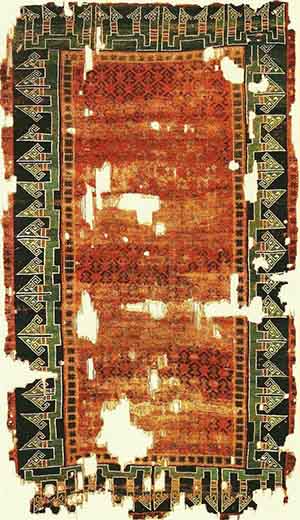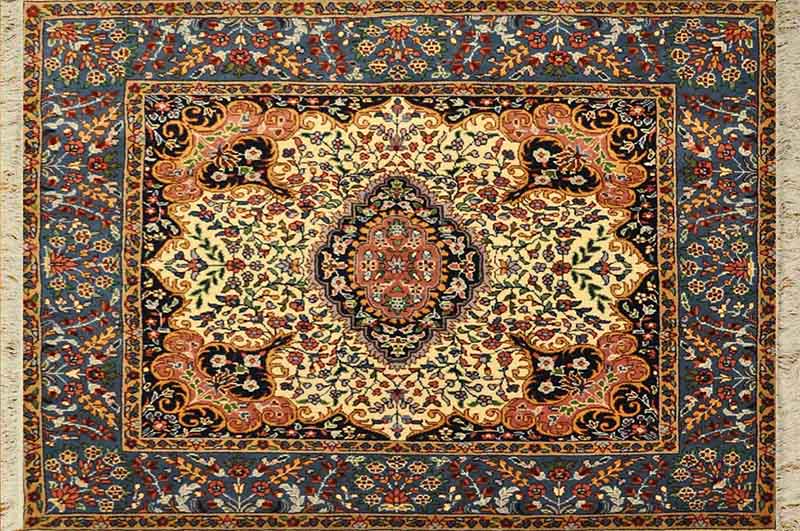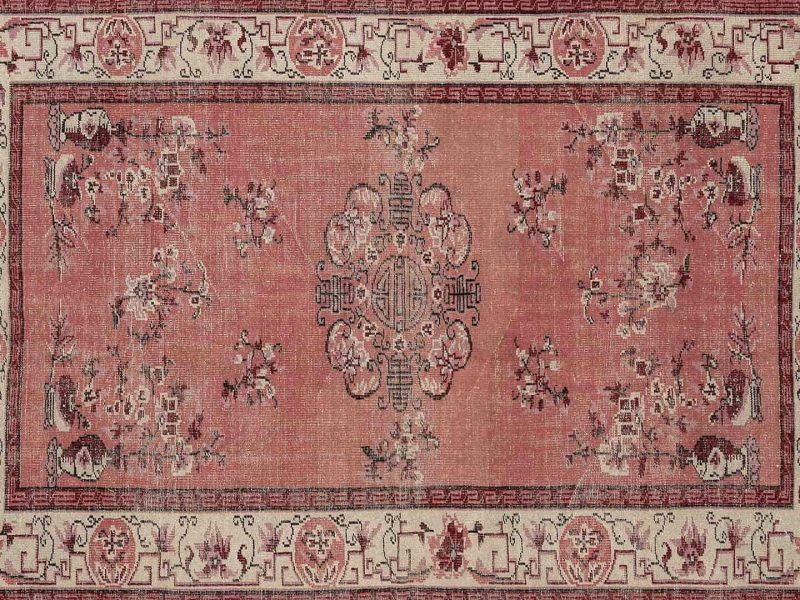The Turkish carpets, especially the ones on which Anatolian women have woven their secrets, loves, aspirations, homesickness and suffering, are on the top of the most valuable carpets in the world. It is a handicraft tradition that has passed to Anatolia as a Turkish culture of Central Asia, and Turkish carpet carries different meanings with its colorful fabric as well as its patterns.
The knot and pile technique was applied in the Turkish carpets where the first products were given in nomadic culture in Central Asia. After Turks settled in Anatolia with the migration from Central Asia, they started to produce Turkish carpets, which are also called “kilim, sumak, zili, cicim” in some places mentioned as Anatolian carpets. Today, the Turkish carpets, which adorn the most expensive hotel rooms, residences and workplaces of the world, also have different meanings for collectors.
Together, we will first look at the short history of the Turkish carpet and then explore the towns which are famous for their carpets.
Turkish Carpets in the Seljuk Period

The main impetus for carpet production was during the Anatolian Seljuk period.
Knotted carpets were produced in the steppes of Central Asia. While the durable carpet type brought to the fore by the nomadic culture, different knot techniques, which were the Turkish-Islamic synthesis and bearing the traces of the Abbasid period, were developed. However, the main impetus for carpet production was during the Anatolian Seljuk period. In the center of Anatolia, in Sivas, Konya, and Kayseri, in order to cover large structures and mosques in the cold climate zone, durable and thick carpets in larger size were produced.
Turkish Carpets in the Ottoman Period
The handcraft carpets which we call Classical Turkish carpet today carry the traces of the Ottoman period. Especially following the conquest, very beautiful Turkish carpets were manufactured in the second half of the 15th century. The carpets that were manufactured during that period have been divided in two categories: The Palace carpet and Uşak carpet
- Palace carpets are the hand-knotted carpets that are made of Persian knot and decorate the Ottoman palaces, mansions and pavilions. The weavers use traditional patterns of Ottoman poems, such as carnations, tulips and hyacinths on the carpets.
- Uşak carpets are manufactured around the region of Uşak and Manisa, and they are mostly given as gifts to those who come from abroad. The carpet is often sent to Europe, where it is known as İzmir carpet.
The Pattern Richness on Turkish Carpets

The handcraft carpets which we call Classical Turkish carpet today carry the traces of the Ottoman period.
Especially the Seljuk art concept is reflected in the carpets in terms of patterns and geometrical drawings. Turkish carpet patterns and figures mostly bear traces of Anatolian geography. The pattern of the hand on the waist, hand and finger patterns, hair tie pattern, scorpion pattern, and hooked bird pattern reflect the drama, joy and expectations of the Anatolian people with their background intensity.
Where are the Hand-Knotted Carpets Manufactured in Turkey?
Because the oldest Turkish carpet of the world is found in the Pazırık region, it is known as Pazırık carpet. The Turkish carpet in the Altay region is exhibited in the Hermitage Museum in Russia. When we look at the geographical distribution of carpets manufactured in Turkey, we see that especially the Aegean region stands out in this regard. In addition, carpets are produced at many points in Central Anatolia and Southeastern Anatolia.

Especially following the conquest, very beautiful Turkish carpets were manufactured in the second half of the 15th century.
Five different production methods (thin, rough etc.) are applied in the carpets produced with “weaving looms with kirkit /shuttle)”.
When it is mentioned about the Turkish handmade carpet, the Aegean Region, particularly Uşak, comes to mind. Milas, Bergama, Demirci, and Izmir are famous cities for their carpets. In addition, Hereke Carpets, which draw attention with their patterns and workmanship, are also exported all over the world. They are especially demanded by the collectors. In addition, Kırşehir, Niğde, and Kayseri– Bünyan are known for the hand rugs that appeal to the more economic class.

